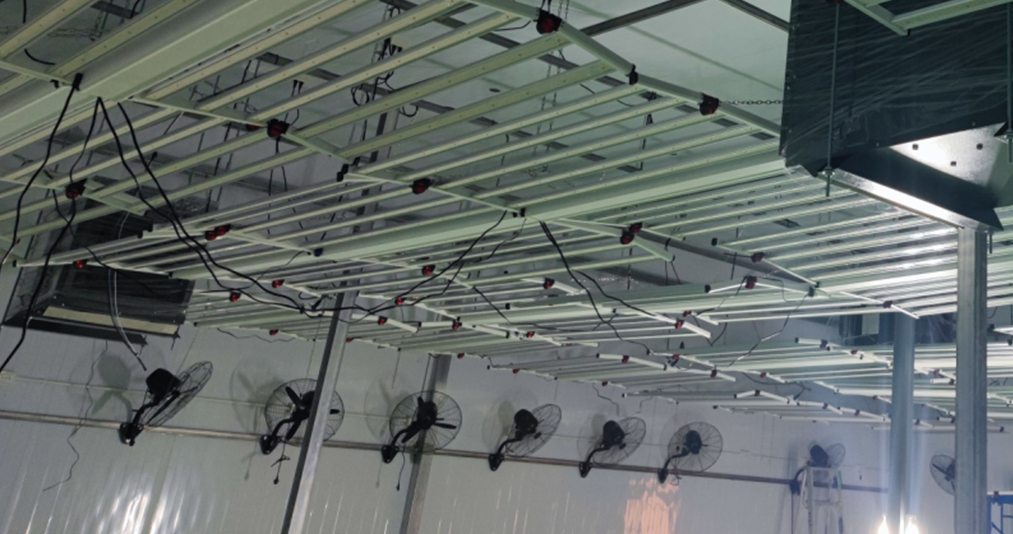CBN vs. CBD: What's the Real Difference?
2021-01-06
The cannabis alphabet soup can be difficult to follow. Between the many acronyms that stand for various cannabinoids found within cannabis and hemp plants, it can be hard to keep each compound straight. That can be especially true when cannabinoids share two letters, like CBD and CBN. Despite the similar nomenclature, these two cannabinoids have significant differences. This guide will introduce you to each of the cannabinoids and how they work, as well as examine how they are alike and how they differ.
What is CBN?
Cannabinol (CBN), like CBD, is a non-intoxicating compound found in cannabis and hemp plants. Unlike CBD, which is its own cannabinoid, CBN is the by-product of degrading Tetrahydrocannabinol (THC). When THC ages, it decays into CBN. That means there are usually higher levels of CBN in older cannabis flower. However, CBN has differing properties from THC and other cannabinoids and is actively being studied by researchers around the world.
What is CBD?
Cannabidiol (CBD) is one of many phytocannabinoids — or cannabinoids that come from plants — found in hemp plants. It’s arguably one of the most well-known cannabinoids, found in products from capsules to bath bombs. It naturally boosts our supply of endocannabinoids, or cannabinoids produced by our bodies.* Unlike THC, CBD won’t get you high. In fact, broad-spectrum hemp extract is formulated to contain no THC at all. (This is the type of CBD that we use.)
The science of CBN and CBD
CBN and CBD are both found primarily within the cannabis plant’s trichomes, the structures that line the buds of hemp flowers and on some of the surrounding small leaves. Over time, the trichomes fill with cannabinoid filled resin, changing from a clear appearance to a cloudy appearance when THC content is at its peak. As these trichomes degrade and THC turns to CBN, the trichomes turn a rusty amber color. For many cultivators, this means that the plant is past its prime. However, because CBN offers potential benefits of its own, the cannabinoid is becoming more desirable throughout the cannabis industry.
In nature, cannabinoids are thought to safeguard the hemp plants from disease, ward off predators, and encourage pollinators to help the plant reproduce. Incidentally, cannabinoids also interact with the endogenous cannabinoid system, a series of receptors found in people and some animals. Today, we are learning more about cannabinoid interactions with the human body and how these unique compounds support our overall wellness.
What is the entourage effect?
Researchers believe that cannabinoids and other compounds found in cannabis plants interact with one another in a process known as the entourage effect. This theory suggests that cannabinoids can actually augment or modify the characteristics of one another when present together. For example, researchers think that the combination of CBN and THC could cause feelings of sleepiness, while the presence of high levels of CBD might mitigate the intoxicating effects of THC.
Which cannabinoids are in our products?
At Prima, our products contain a variety of minor cannabinoides alongside CBD. That's because we use broad spectrum hemp extract, which contains a fuller spectrum of cannabinoids except for THC than a CBD isolate, along with other compounds like terpenes, flavonoids, and acids. Which minor cannabinoids are present will vary from lot to lot as each plant that is harvested and extracted will have a different expression of cannabinoids.
The hemp extract in your favorite Prima product begins its journey on family farms in Oregon. These farms hold the earth in high esteem: the farmers use zero-waste cultivation techniques and won’t use single-use plastics during the cultivation process. Moreover, there are no synthetic fertilizers or pesticides used on the soil in which the hemp grows. That means no pesticides, herbicides, and no irradiation are used.
When it comes time to create our hemp extract, we only use CO2 supercritical fractionation. This slow and targeted method lets us take out all the compounds we don’t want in our products, such as THC, waxes, chlorophyll, and pollutants, leaving only the “good stuff” behind. This process also requires less processing and heating, since the CO2 naturally separates from the hemp extract at room temperature. Our resulting broad-spectrum hemp extract is free of hydrocarbons, toxins, and heavy metals.
This article is emanated from the magazine of PRIMA.







